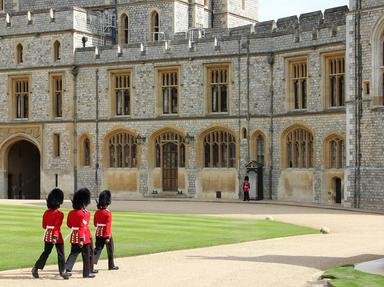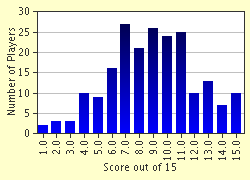Quiz Answer Key and Fun Facts
1. Which one of the following has NOT been suggested as a reason for why William II is called William Rufus?
2. William the Conqueror was William II's father but what was the name of his mother?
3. What was the name of William's elder brother who was killed in a hunting accident whilst still young?
4. Though he was the second surviving son of William the Conqueror, William Rufus acquired the kingship of England on his father's death. What did the eldest son become?
5. What was the name of the Archbishop who crowned William II at Westminster in 1087?
6. What part did Odo of Bayeux, Robert of Mortain, Richard Fitz Gilbert and Geoffrey of Coutances play in William's reign?
7. What military action did William II take in the year 1091?
8. Against whom did William II combine with his brother Robert when they jointly invaded Cotentin and Maine?
9. Which of the following methods did William II use to raise money for his campaigns?
10. What was the name of William II's chief minister who carried out many of his oppressive policies?
11. Which northern lord was attacked by William Rufus in 1095?
12. Why did Robert, William II's brother, pledge the Duchy of Normandy to William in order to raise 10,000 marks?
13. When his barons protested at the new tax levied on them in 1096 what did he suggest they do to raise the money?
14. What is the name of the monument erected to mark the spot where William II supposedly met his death?
15. Where are the remains of William II now believed to be buried?
Source: Author
Philian
This quiz was reviewed by FunTrivia editor
DakotaNorth before going online.
Any errors found in FunTrivia content are routinely corrected through our feedback system.

